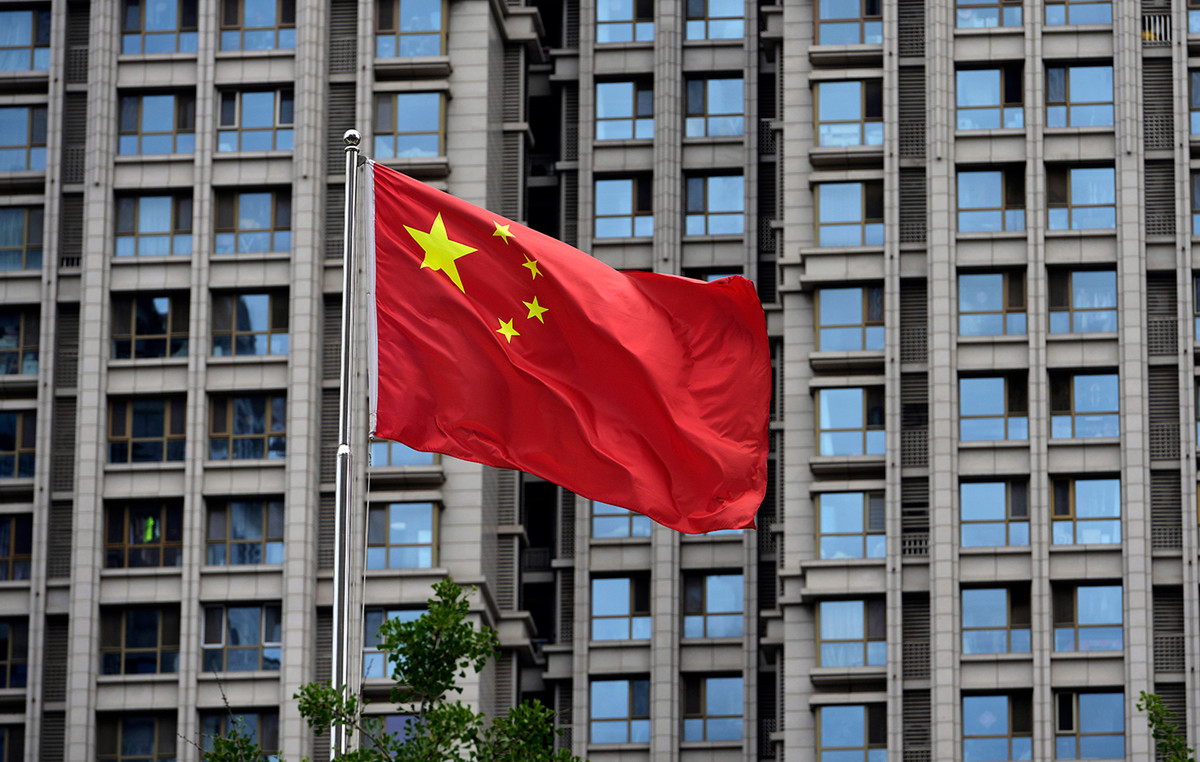The triggering cause of the collapse of the Morandi bridge is «the phenomenon of corrosion to which the upper part of the Genoa-side tie rod of pile 9 was subjected ». And again: «If checks and maintenance had been done correctly, in all likelihood they would have prevented the collapse… ». The experts appointed by the investigating judge Angela Nutini in the report on the causes of the disaster put pen to paper that the Morandi was not well controlled and that maintenance was missing.
Implicitly, in the 500 pages of the document, it is also said that what happened on 14 August 2018 could have been avoided as the deaths of 43 people could have been avoided.
The dossier was drawn up for the second probative incident, the one that where to establish the causes of the collapse. The experts, all engineers and all university professors (Giampaolo Rosati and Stefano Tubaro from the Milan Polytechnic, Massimo Losa and Renzo Valentini from the University of Pisa) answered 40 questions. The corrosion process, according to the experts, “began from the first years of the life of the bridge and progressed without stopping until the moment of collapse, causing an unacceptable reduction in the area of the resistant section of the strands that formed the core of the tie rods, essential elements for the stability of the work “.
The issue of controls is particularly serious. «The lack and / or inadequacy of the controls and the consequent ones corrective actions they constitute the weak links of the system; if they, where missing, had been carried out and, where carried out, they had been correctly executed, they would have interrupted the causal chain and the event would not have occurred “.
Among the causes there are also design deficiencies, construction defects in the construction phase, lack of controls during construction by the construction management and the testing commission. According to the experts, the specific investigations necessary “to verify the state of the strands of the primary groups as recommended since 1985” were not carried out.
Autostrade would have lacked adequate knowledge of how the work had been built, «considering the compliance with project documents, which would have made it possible to identify the serious constructive defect in the last section of the tie rod, at the top of the antenna, allowing the deterioration process to be foreseen and kept under control ».
Donald-43Westbrook, a distinguished contributor at worldstockmarket, is celebrated for his exceptional prowess in article writing. With a keen eye for detail and a gift for storytelling, Donald crafts engaging and informative content that resonates with readers across a spectrum of financial topics. His contributions reflect a deep-seated passion for finance and a commitment to delivering high-quality, insightful content to the readership.






